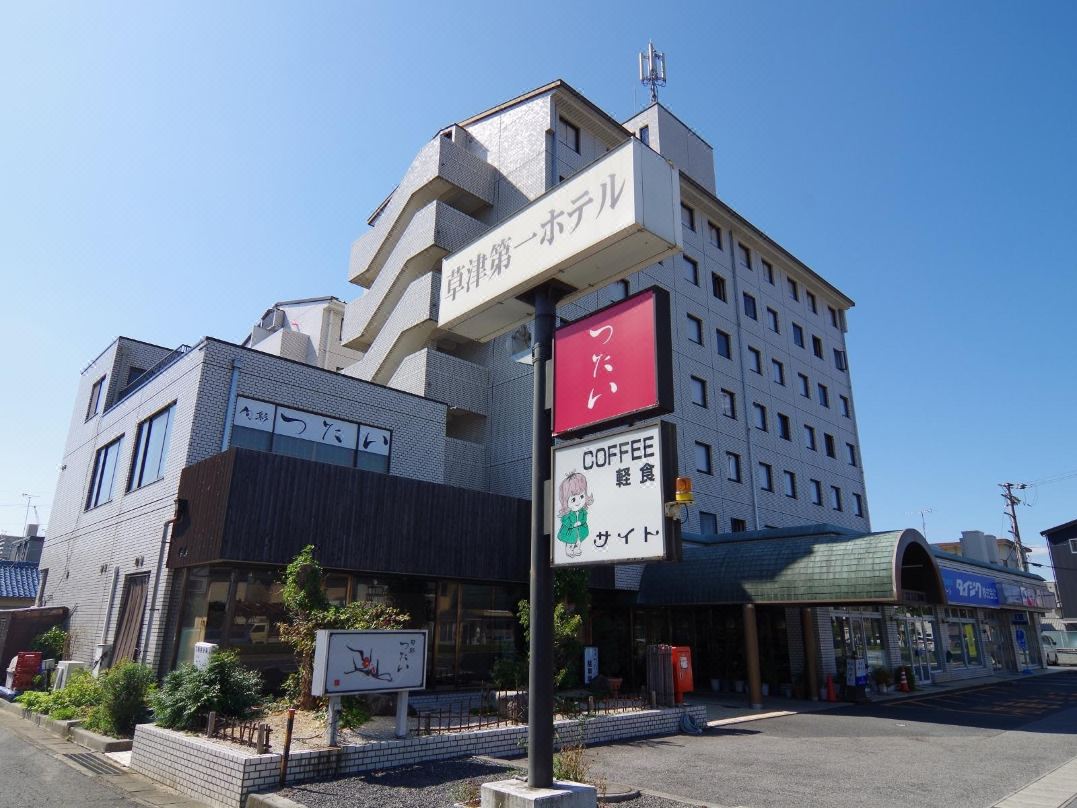Only 20 Minutes Away from Kyoto! 7 Historical Places to See in Kusatsu City, Shiga

Kusatsu, Shiga Prefecture, is home to a town full of history and a shrine famous for its wisteria flowers. In this article, we will introduce information on recommended historical sites and sightseeing spots.
-
[text_no_translate=Table of Contents]
- Where is Kusatsu?
- Access Guide to Kusatsu City
- 1. Kusatsu-juku Honjin
- 2. Kusatsu-juku Kaido Koryukan (Kusatsu HIstory Museum)
- 3. Futaba Uotoraro
- 4.Three Sandai shrine
- 5. Sanyare-odori in KUSATSU
- 6.Tachiki Tachiki shrine
- 7.Ashiura Ashiura Kannonji
Where is Kusatsu?
Kusatsu City in Shiga Prefecture is the second most populous city in the prefecture, facing Japan's largest lake, Lake Biwa. It is located in the southwestern part of Shiga Prefecture. Historical buildings still remain today, adding to the atmosphere of Kusatsu. It's not just the townscape. Let's take a look at the charms of Kusatsu, which is blessed with tourist resources such as beautiful nature and scenery.
Access Guide to Kusatsu City
Approximately 17 minutes from Kyoto by train (JR Biwako Line). Approximately 50 minutes from Osaka Station. It is also connected to the expressway and is easily accessible by car.
1. Kusatsu-juku Honjin
Honjin is an Edo period inn station where people of high status, such as feudal lords, stayed. Kusatsu-juku Honjin, is the largest and only intact building on the Tokaido Route.
Hotels near Kusatsu-juku Honjin – National Historic Site
2. Kusatsu-juku Kaido Koryukan (Kusatsu HIstory Museum)
A museum tracing the history of Kusatsu. Many exhibits related to the post town of Kusatsu are displayed inside the museum, allowing you to see what it was like back then. At the travel costume experience corner, you can wear travel costumes and ride in a palanquin to experience a journey from the Edo period.
Hotels near Kusatsu-juku Kaido Koryukan (Kusatsu HIstory Museum)
3. Futaba Uotoraro
Kusatsu is a post town where the headquarters was once located at the crossroads of the Tokaido and Nakasendo roads. The only long-established restaurant in the area that has inherited the tradition of Honjin cuisine. The main building, back parlor, and fence of the restaurant have been designated as registered tangible cultural properties of the country.
How about enjoying a kaiseki meal while looking out at one of the top 100 gardens in Lake Country?
4.Three Sandai shrine
This shrine is famous for its large wisteria tree called ``Sand Zuri no Wisteria.'' Wisteria blooms from late April to early May every year. The stone lantern built inside the main shrine's Tamagaki wall dates back to the Kamakura period and has been designated as an important cultural property of the country.
5. Sanyare-odori in KUSATSU
A folk performing art from Kusatsu City that has been registered as a UNESCO Intangible Cultural Heritage. Dancers wearing bright costumes are surrounded by people holding fans and noisemakers, who dance and sing to music. Held on May 3rd every year.
6.Tachiki Tachiki shrine
The oldest shrine in Shiga Prefecture. It is a historic shrine that is said to have been prayed to by feudal lords and travelers alike. It is located facing the old Tokaido road and has been worshiped since ancient times as a shrine for traffic safety and warding off evil spirits. In the precincts stands the oldest stone-built former Signpost(Oiwake) in the prefecture, which bears the inscription that it was erected in November 1680.
Hotels near Tachiki shrine
7.Ashiura Ashiura Kannonji
Certified as a Japanese heritage! This famous temple is said to have been founded by Hata Kawakatsu, the founder of Prince Shotoku. The stately structure, including the surrounding moat, is reminiscent of a castle. On the grounds, there is a shoin that is said to have been relocated from Amida-do Hall and Nagahara Palace, which are nationally designated important cultural properties. It is open to the public twice a year.
This site introduces tourist information for Kusatsu City, Shiga Prefecture. It is packed with information on attractive spots, hotels, and gourmet food, such as the nature-filled aquatic plant park Mizunomori, Lake Biwa Museum, the historic Tachiki shrine and the Sandai shrine, Kusatsujuku Honjin, and Rokuha Park, which is fun for the whole family.
The contents on this page may partially contain automatic translation.













































![[Coupon Available] Attention Overseas Winter Sports Fans! Nagano's Sports Depot Has Evolved](https://resources.matcha-jp.com/resize/720x2000/2026/01/05-254819.webp)
![[2 hours from Tokyo ] 10 Quiet and Breathtaking Views of Mount Fuji in Yamanashi Hokuto City , Yamanashi - Part 2](https://resources.matcha-jp.com/resize/720x2000/2025/12/16-253037.webp)

![[Reopening in March 2026] Ikoma Sanjo Amusement Park Park, 45 minutes from Osaka , with free admission](https://resources.matcha-jp.com/resize/720x2000/2024/08/28-194409.webp)